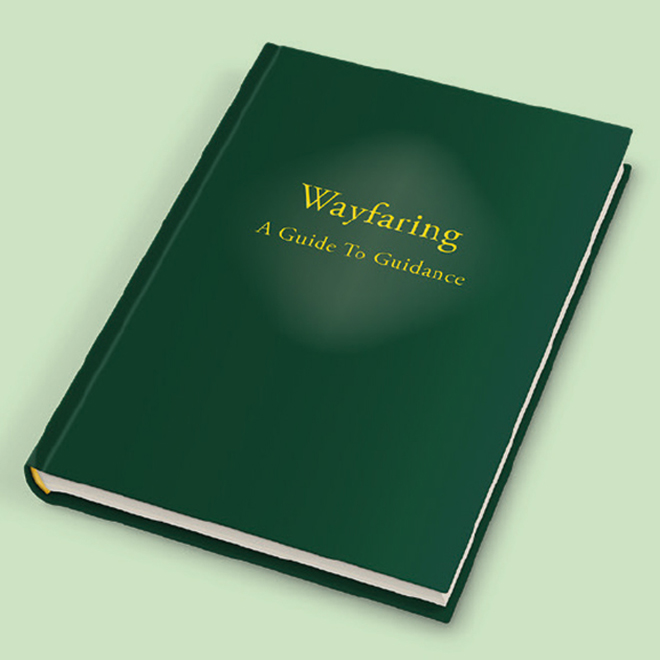The graves of Jane and Jenny Wheeler. Photo: Vyacheslav Sergeevich Slusarev.
Friends and Shushary
Clare B Dimyon reflects on her visits to Shushary in Russia
In 1983, aged seventeen, I went on a Quaker pilgrimage to ‘1652 Country’ in the North West of England and heard a woman called Anne Wynn-Wilson speak about a Quaker tapestry that was just a gleam in her eye!
I recently completed another Quaker pilgrimage to ‘1832 Country’, to the Quaker burial ground in Shushary in Russia. This is where the remains of Jane and Jenny Wheeler, partner and daughter of Daniel Wheeler, lie. Daniel Wheeler was a Friend who responded to the request of tsar Alexander I for assistance in draining the marshes around St Petersburg.
